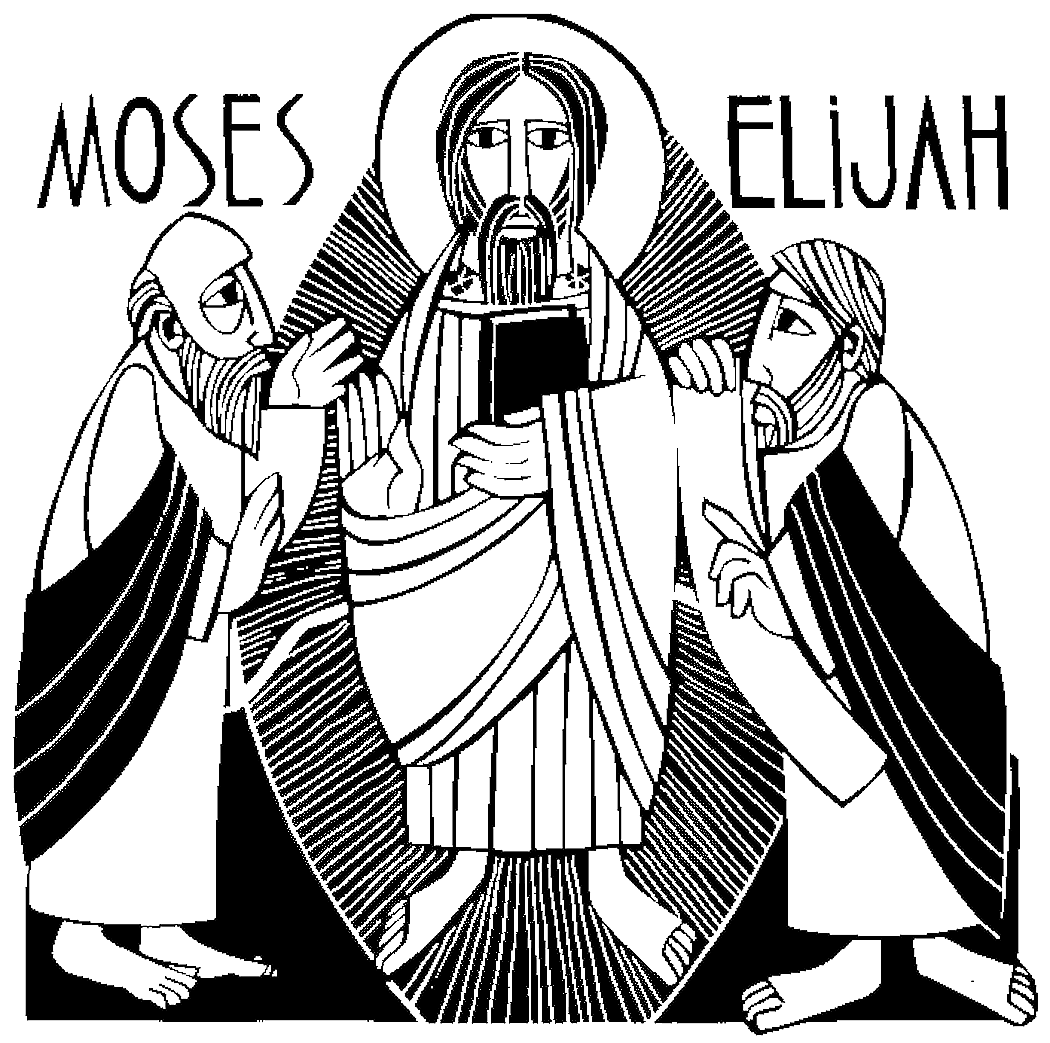Last week we saw Jesus being tempted just like the rest of us. We recognized our humanity. This week we see him transformed into dazzling light. Not so human. What is going on? Is he trying to teach us something?
To try for an answer, I want to describe a possible prayer experience.*
Please imagine yourself sad and discouraged, wishing God would help you. You want the faith that used to be yours … but you do not find it. You go along in your normal patterns. But suppose that all at once you find yourself moved and attracted to God in a way you cannot doubt, a way that is “beyond you but within you.” Afterwards you cannot really doubt that it was from God, even though you don't really understand it.
This would be an important moment, wouldn’t it, a brief transformation of your experience of God, a reshaping of it. Call it a "transfiguration."
Now apply such an understanding of “transfiguration” to Jesus in Sunday’s Gospel. The apostles suddenly behold Jesus with his divinity shining forth (like a “glorified body”). It goes through their usual filters. Their experience of Jesus is being, precisely, transfigured. For a moment they see Jesus in the complete union with God that he is.
Notice, we are talking about the complete union with God “that he is,” not that he “has.” In Jesus, divinity and humanity are at one with each other. Daily onlookers see only the human, but in this case Jesus is showing the apostles his whole self: divinity in its complete oneness with humanity.
Why would Jesus make such a revelation to them?
Again, the answer might be found in the Ignatian prayer we are imagining. In such a prayer God can give us a brief vision of how things really are at their root. Sometimes it would be to keep us from getting discouraged, or to avoid letting our attention drift away. Couldn't this be the case with the transfiguration as well?
Couldn’t Jesus have seen one of his jobs as training the apostles—throughout the entire Gospel and in particular in this scene—as just one stage of the instruction?
Let us assume this to be the case.
Jesus would have taught them about himself, gradually, all through Matthew’s Gospel. He was a superb teacher. Just before Sunday’s passage in Matthew, he had finally told them what a real Messiah is. He said that the “Son of the living God must go to Jerusalem and suffer greatly from the elders, the chief priests, and the scribes, and be killed and on the third day be raised” (Mt 16:13-23).
A major revelation, one he had thought they were at last prepared for. If you remember, however, Peter had objected vehemently, when he took Jesus aside “and began to rebuke him, ‘God forbid, Lord! No such thing shall ever happen to you.’” Jesus went so far as to call Peter “Satan” for resisting the new revelation. Suffering and death are not foreign to Jesus, the Messiah. They are of the essence. Such a hard lesson this is for each of us. Suffering, death and resurrection are at the heart of love!
I suppose the Transfiguration was one way for Jesus to reassure us and them that agony would not negate his divinity, it would fulfill it. It would be God’s love shining forth.
* Ignatius Loyola describes such a prayer experience as:
… an occasion when God our Lord moves and attracts the will in such a way that a devout person, without doubting or being able to doubt, carries out what was proposed. This is what St. Paul and St. Matthew did when they followed Christ our Lord.
From the Spiritual Exercises, #175. [see also, Mt 9:9].

